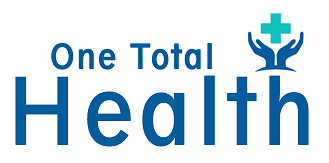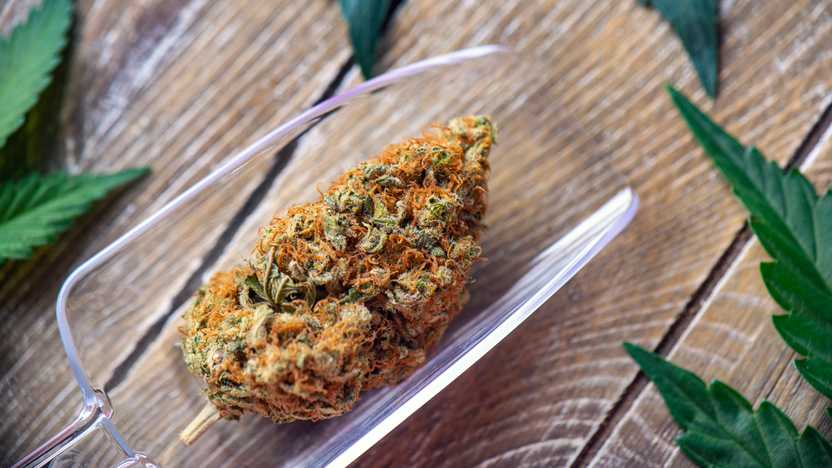Understanding the causes and effects of Milia
What exactly are milia?
Milia (milk spots) are tiny, white cysts that appear on the skin. Cysts are filled pockets beneath the skin’s surface. The most prevalent location for milia is on the face. Milia are completely nontoxic and have no effect on your appearance.
White pimples on your face are sometimes confused with whiteheads, which are a type of acne. Milia are not a kind of acne.
If you suspect that you or someone you know has milia, it is best to get evaluated at a dermatology clinic soon.
What is the distinction between milia and milium?
“Milia” is the plural name for milk spots, which are tiny cysts. A “milium” is a type of cyst. A milium can alternatively be referred to as a single milk spot or an oil seed.
What are the many varieties of milia?
Milia comes in a variety of forms, including:
Neonatal milia is a condition that affects infants and causes white cysts to grow on their skin, most commonly on or around their nose. Milia of this sort is present at birth.
Primary milia are tiny cysts that commonly appear on your eyes, forehead, cheeks, or genitals. They have an impact on both children and adults.
Secondary milia (traumatic milia): Secondary milia are small cysts that form after your skin has been damaged by burns, rashes, blisters, or solar exposure. They can also occur as a result of a strong skin lotion or ointment.
Juvenile milia are cysts that develop as a result of an inherited disease. These can manifest at birth or later in adulthood.
Milia en plaque: Between the ages of 40 and 60, this rare kind of milia commonly affects women or persons assigned female at birth. Milia form clumps on a raised region of skin, generally behind your ears, on your eyelid, on your face, or on your jaw.
Multiple eruptive milia: This rare condition causes groups of cysts to grow on your face, upper arms, and upper belly over a period of weeks to months. These cysts may itch.
How common is milia, and who is affected by it?
Milia are most frequent in infants, however many forms of milia can affect people of any age. Milia affects around half of all healthy infants at birth. Milia can develop later in infancy in preterm newborns.
What effects does milia have on my body?
Milia are completely harmless and only cause aesthetic alterations to your or your newborn’s physique. Small white pimples (cysts) grow on your skin or the skin of your baby. After a few weeks, these cysts normally dissolve on their own.
What are the signs and symptoms of milia?
Milia symptoms include:
- Cysts (white to yellow lumps) on your skin.
- Bumps can appear in clusters or groups.
- Bumps are asymptomatic, meaning they produce no pain or discomfort.
- Milia can be irritating or form on a raised patch of skin, depending on the type.
Where will I have milia symptoms?
Milia has an effect on your skin. They are frequently found on your face. Milia is most commonly found on the following parts of the body:
- Under your eyes or on your eyelids.
- Cheeks.
- Forehead.
- Nose.
- The arms or the legs.
- Genitals.
- Within your mouth.
- Chest.
Milia is caused by what?
Milia is caused by trapped dead skin cells that develop cysts beneath the skin’s surface. Your body naturally sheds dead skin cells to make room for new cells to grow and take their place. When your old skin cells do not shed, new skin forms on top of them and traps them beneath. Cysts form when dead skin cells solidify.
Milia can also be caused by the following factors:
Skin damage caused by an injury or excessive sun exposure.
Use of steroid creams or ointments for an extended period of time.
A sign of a hereditary disorder.
An autoimmune reaction.
Is milia spreadable?
Milia is not contagious, and it does not pass from person to person.
How is milia identified?
After a physical exam to learn more about your symptoms, your provider can diagnose milia. A visual examination of the cysts on your skin yields an accurate diagnosis, and testing are rarely required, especially in newborns. If your provider feels the need to check your skin further, they may order a skin biopsy. Your provider will take a little bit of your skin and analyse it under a microscope for this test.
What is the treatment for milia?
Milia do not require treatment because they are not dangerous. If you don’t like the way milia look on your skin, talk to your dermatologist about having them removed. Milia removal treatment may include:
- Adapalene gel (over-the-counter) or tretinoin cream (prescription).
- Surgically removing the milia in the office of your healthcare provider by puncturing the milia and squeezing out the contents.
- Cryotherapy is used to eliminate milia from the skin.
- To treat milia en plaque, medicinal lotions or the antibiotic minocycline are used.
- Can I get rid of milia at home?
- You should not try to squeeze or scrape milia off by yourself, as you would a pimple. This might leave scars on your skin or lead to an infection.
There are some things you can do at home to help:
- Wash your face every day with warm water and gentle soap. Then dry your skin very gently. Pat your skin dry.
- Don’t use lotions or oils that are meant for adults on a baby. Infant skin is too delicate.
- Adults might try an over-the-counter treatment to exfoliate their skin.
- Use sunscreen when you go outdoors.
How long do milia last?
In babies, milia usually last for a few weeks after they’re born. Adults can have milia for a few weeks to a couple of months before they clear up on their own. If you prefer to get rid of milia faster, talk to your healthcare provider.
PREVENTION
Most occurrences of milia, particularly neonatal milia, cannot be avoided. You can lower your chances of having some types of milia later in life by doing the following:
- Avoiding excessive sun exposure.
- Use heavy face creams/ointments only temporarily.
- Using steroids for a longer period of time than your doctor has prescribed.
- Exfoliating or cleansing your skin on a regular basis.
What can I anticipate if I have milia?
Milia is quite frequent among neonates, affecting approximately half of all babies. The pimples on your baby’s skin are completely safe and will disappear on their own after a few weeks.
If you have milia and the pimples on your skin aren’t going away on their own, consult your doctor. They may advise you to see a dermatologist or experiment with new exfoliation procedures to help milia fade faster.
Some kinds of milia might linger for several weeks to months. Picking or squeezing the pimples on your skin is not recommended. This may result in lifelong scars or infection.
When should I make an appointment with my doctor?
If your or your baby’s milia does not improve after a few months, see your doctor. If your milia worsens or you are unhappy with the appearance of your milia on your skin, your healthcare provider can give treatment to help clear up your skin.
What inquiries should I make of my doctor?
- What is the best way to exfoliate my skin?
- What triggered my milia?
- What should I do if the milia persists?
Is neonatal milia synonymous with infant acne?
While neonatal milia and infant acne may appear similar, they are not the same disorder. Milia appears during birth. Cysts of dead skin cells occur beneath the surface of your baby’s skin as a result of the disorder.Small, red pimples or pustules appear on your baby’s face and scalp as a result of baby acne. Baby acne appears two weeks following the birth of your child. Milia is not a form of acne.
You don’t have to be concerned about small white pimples on your newborn’s skin. These are typical. Milia is a harmless disorder that briefly alters your look and skin texture. The ailment does not require treatment and normally resolves itself after a few weeks. If your skin or your baby’s skin isn’t clearing up after a few weeks, consult your provider.



